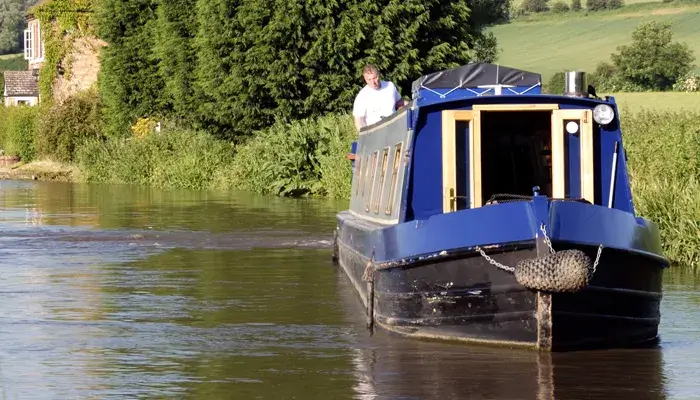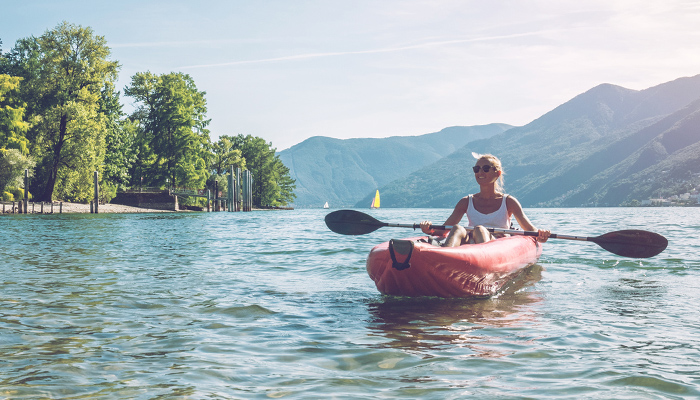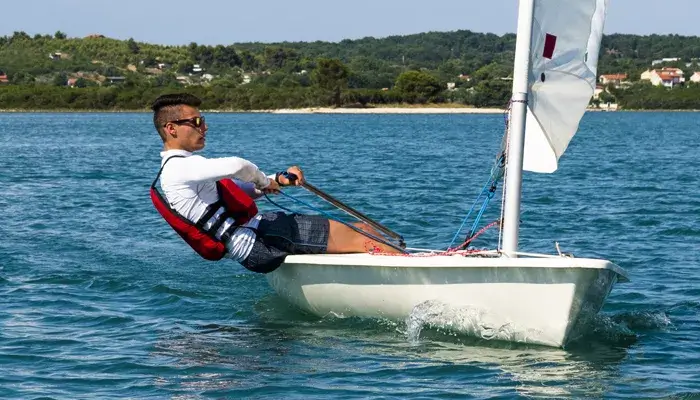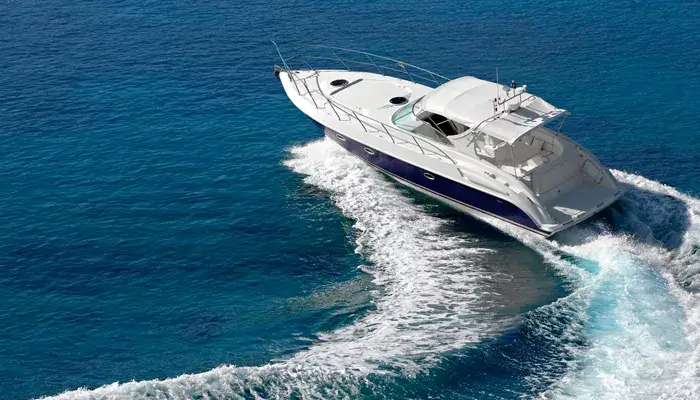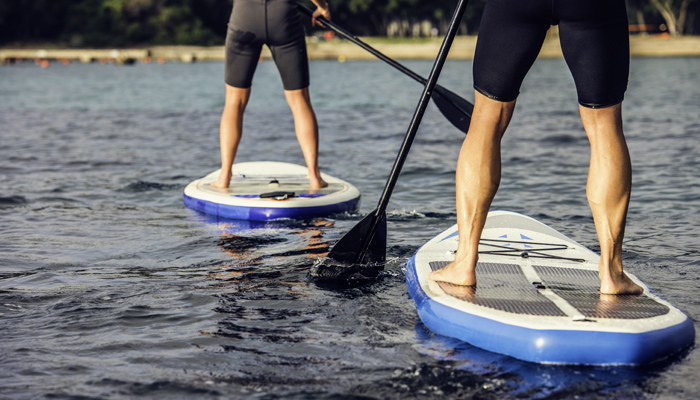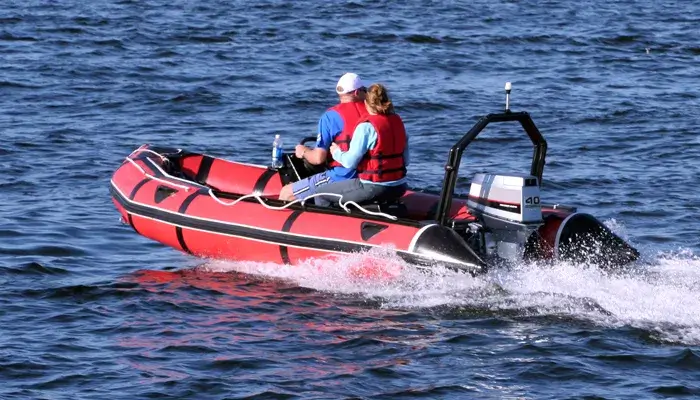Beginners Guide to Passing Through a Lock
On any canal trip you will encounter a lock – well, several of them! If you're new to narrowboating or you're thinking of buying a narrow boat, our essential guide will give you all the safety tips and know how to get through the locks you'll encounter on waterways up and down the country.
Glossary
Pawl – A small curved piece of metal which fits into the cog on the side of the spindle which prevents the paddle from dropping down.
Windlass - Or windlass handle is an L shaped handle which can be fitted to the spindle on paddle gear to raise or lower the paddles which in turn allows water to enter / leave the lock chamber.
Paddle gear - Paddles are trap doors over the sluices and are either fitted into the ground at the side of the gate (ground paddles) or to the gates themselves (gate paddles).
Lock landing - A section of towpath above or below the lock for boats to moor. They can be pontoons reached by a ladder.
Guillotine gate – A gate that is raised up or down.
Sluices – Channels in the lock structure which enable water to pass from one point to another.
Locks are a simple system of enabling a boat to be raised or lowered from one level of waterway to another. As long as you are aware of the potential dangers, locks should not present a problem.
There are two basic types; narrow locks, which are predominantly found in the Midlands, and wide locks, found in the South and in other locations on “wide” or “barge” canals. In narrow locks, which were built to take a single narrow boat, the boat will just fit into the lock. With wide locks, two narrow boats can fit in side by side.
Most locks are fitted with two sets of gates at either end to keep the water out of the lock from the top and in the lock from the lower level. Narrow locks are fitted with two gates at one end and a single gate at the other and some locks have guillotine gates.
Most locks, regardless of width, can take craft up to 70ft in length but there are some canals in the North of England, such as the Leeds and Liverpool, which are shorter.
Essential safety tips
Remember not to tie a boat up, especially when working downhill!
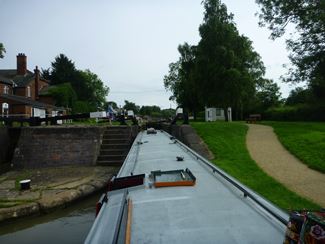
Lock landing
Drop your crew off before the lock at the “lock landing”(see right picture). If you’re working single handed you will need to tie the boat up outside of the lock.
Entering a narrow lock has to be undertaken with care as, unless you are dead straight, you can “cross wind” and get the boat stuck and can cause damage to either the lock side or the craft, or both!
Never leave your windlass handle on the paddle gear. Should the pawl disconnect and the paddle drop your windlass handle could spin round and you may either lose the windlass in the canal, or worse, it could hit someone and at speed and cause a nasty injury.
VERY IMPORTANT If working downhill, make sure that the stern (rear) of the boat is well forward of the “cill” which is the level of the bed of the waterway at the higher level.
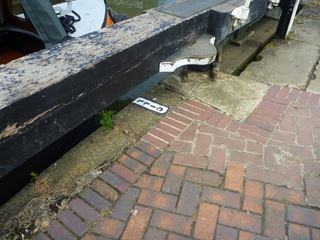
Lock etiquette
If the lock is for you (i.e. the level of the water in the lock is the same level as the canal you are on.) then the gates can be opened and the craft taken in. If the lock is against you then you need first to check to make sure a boat is not coming in the other direction. If so then they have priority in using the lock and you should let them work through before you can enter the lock.
Narrowboat insurance from Towergate
Narrowboat insurance from Towergate is available for different vessels and levels of cover depending on what you use your boat for, from third party cover to weather events and personal accident. Get a narrowboat quote online or call us on 0344 892 1987.
About the author
Adam Summersby is a respected leader with 11 years’ varied experience in niche personal and commercial lines insurance, including caravan, site operators and excess reimbursement, with proficiency in leadership, sales and account management.
Date: January 06, 2014
Category: Boat


